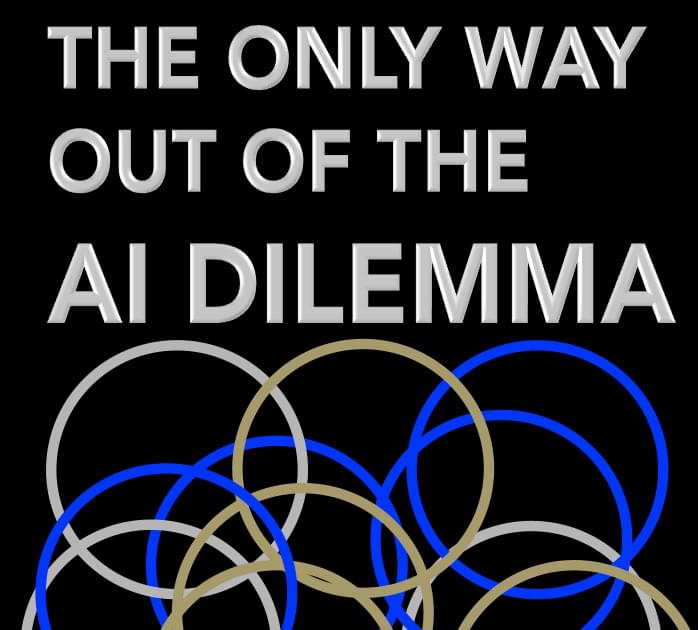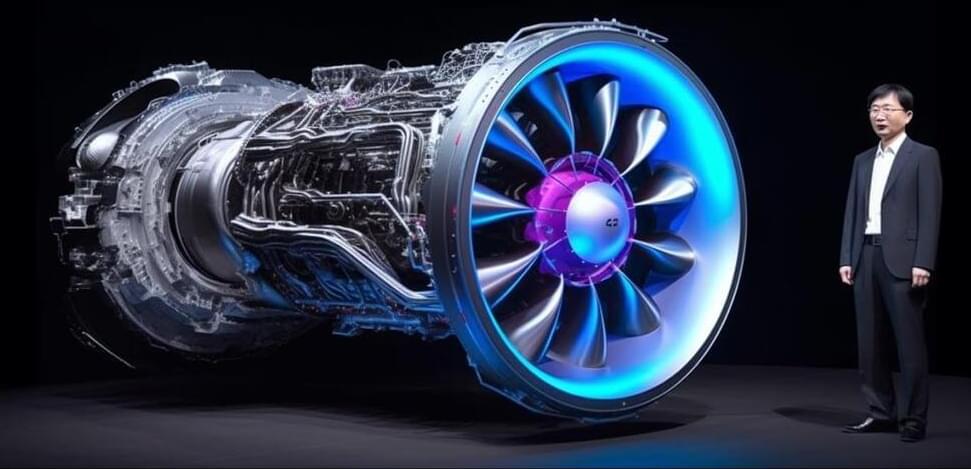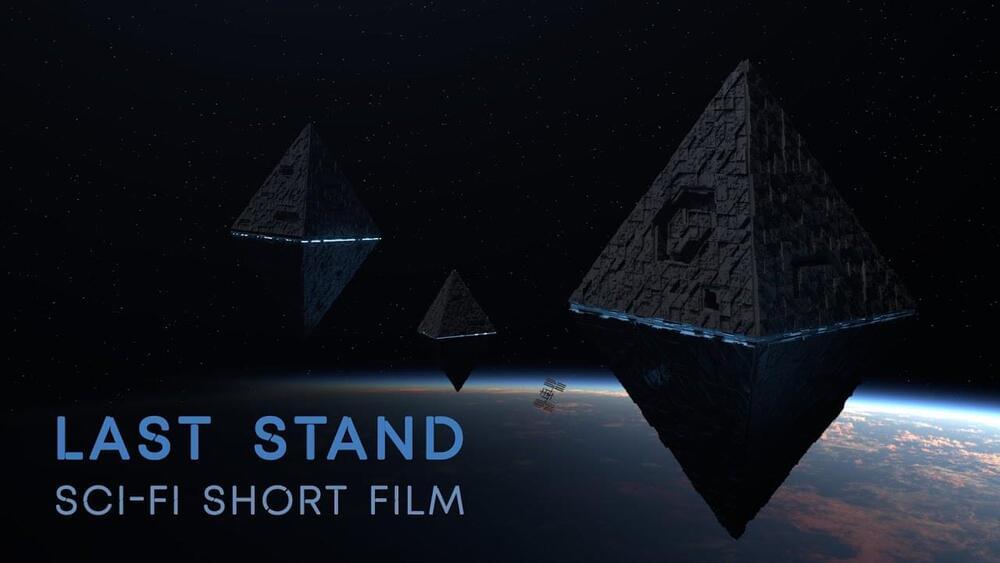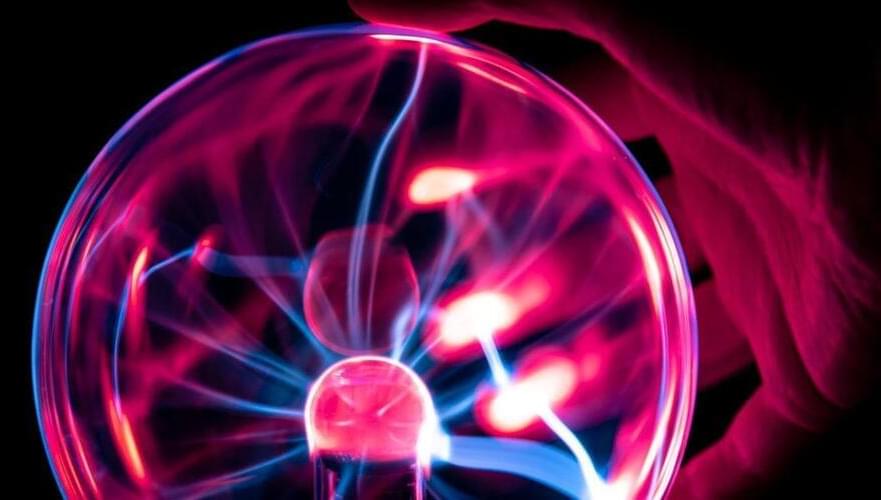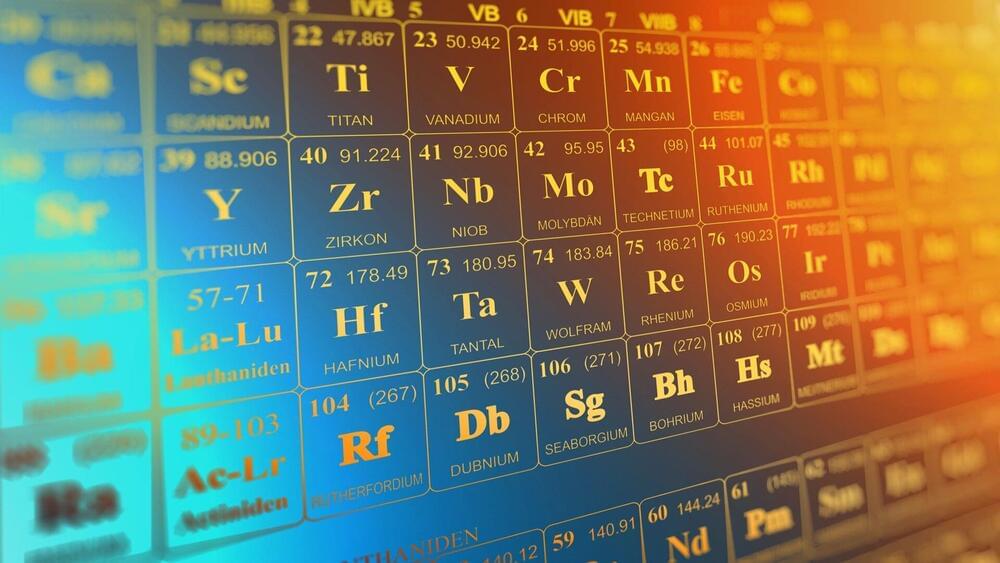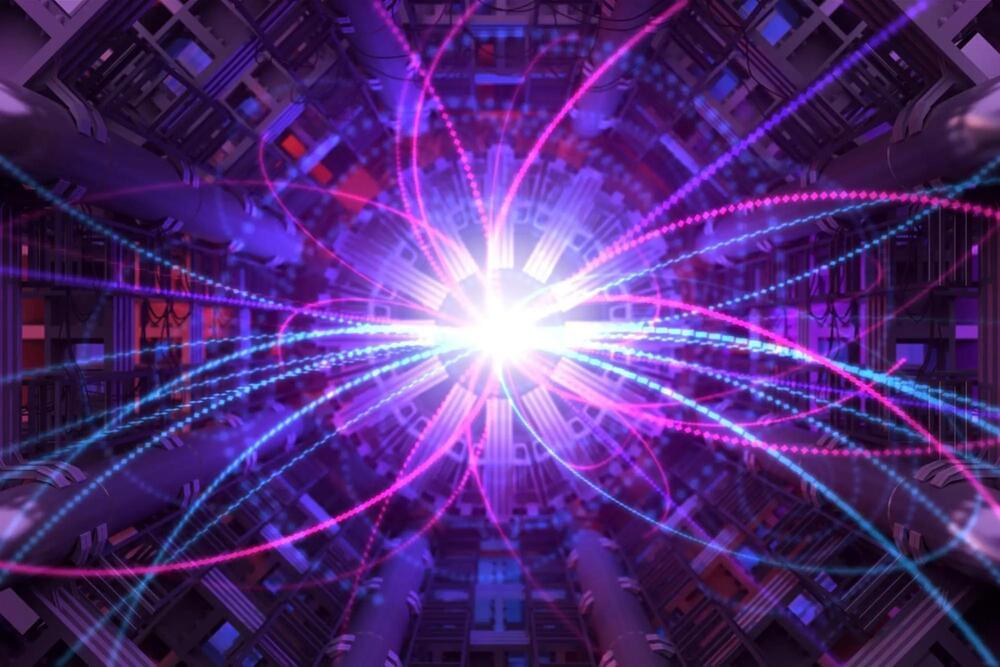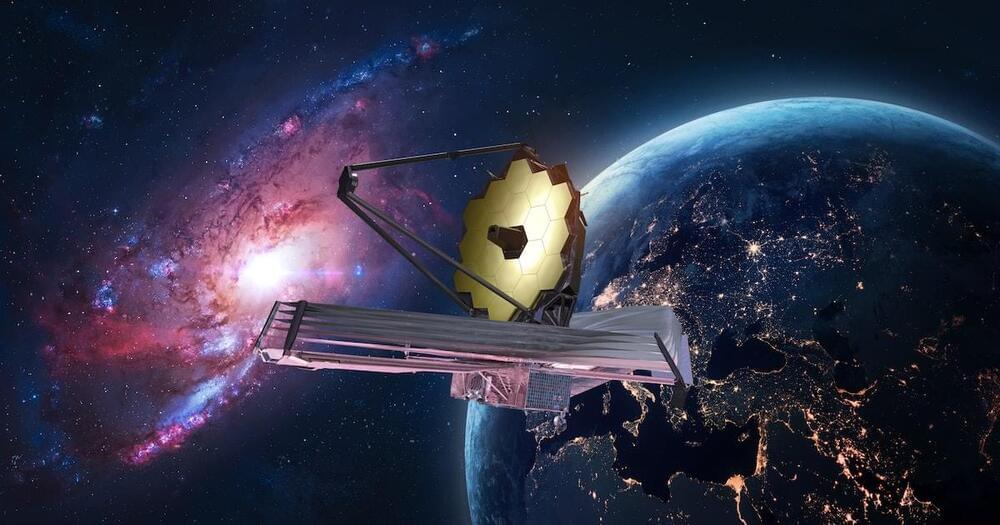Apr 10, 2023
Chaos Inside Google as Execs Try to Figure Out How to Actually Use AI
Posted by Kelvin Dafiaghor in category: robotics/AI
Quick pulse check on Google’s Bard: according to a report from CNBC, the whole project is a total and complete mess — and no one seems to know what to actually do with the tech.
To recap, Bard is Google’s search-integrated, AI-powered chatbot, which was billed as a competitor to Microsft’s OpenAI tech-powered Bing Search just a few weeks ago.
But Google seriously fumbled the feature’s launch, with the bot’s first advertisement accidentally showcasing the bot’s inability to find and present accurate information to users. Google’s stock nosedived as a result, leading the company to lose $100 billion in a day.

